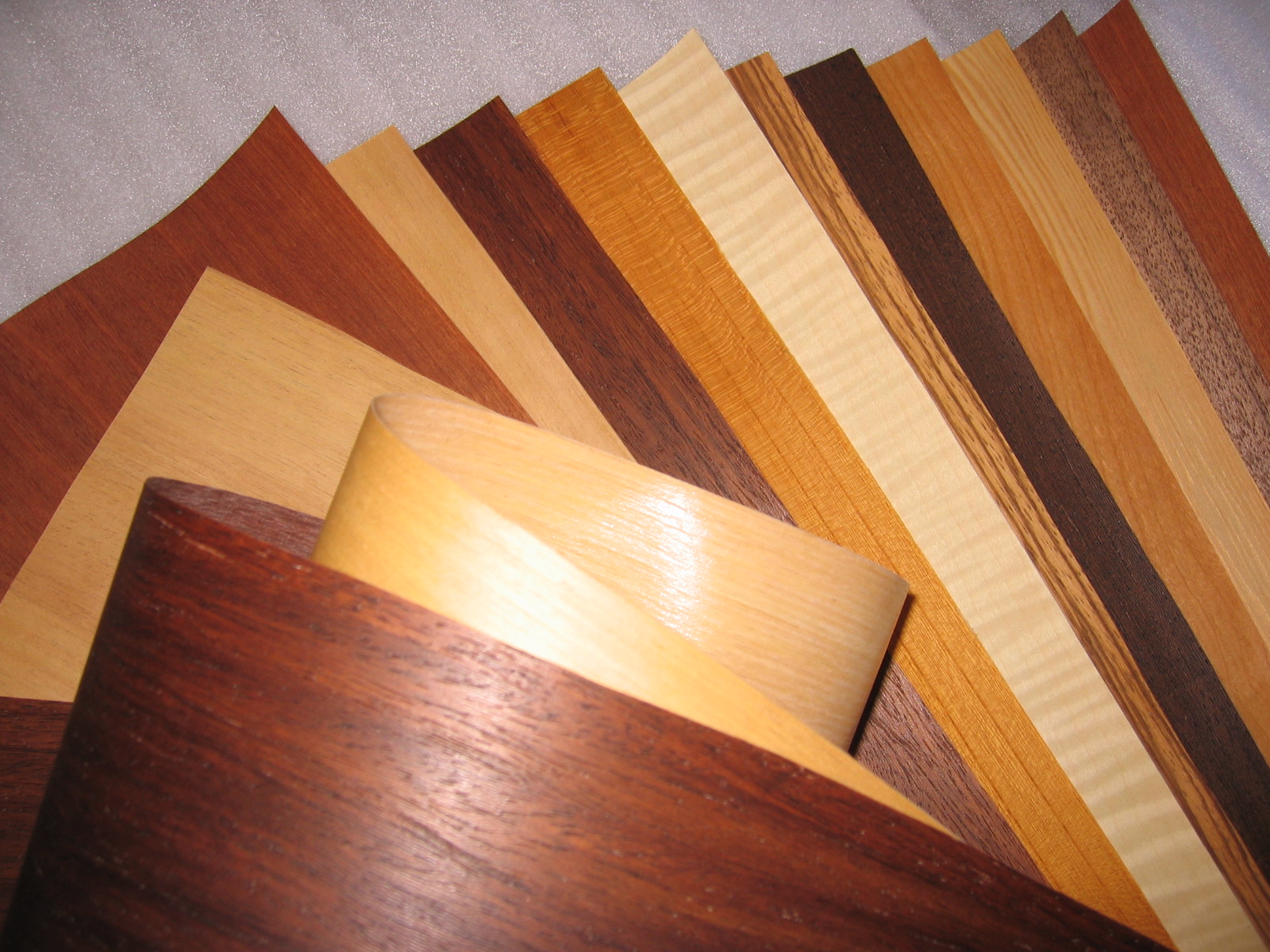Woodworking enthusiasts and DIYers alike know that the key to a successful carpentry project lies in selecting the right materials. When it comes to versatility and durability, wood sheets stand out as a top choice.
In this guide, we'll delve into the world of wood sheets and explore how to choose the perfect ones for your next masterpiece.
Understanding the Basics of Wood Sheets
Before we dive into the selection process, let's get acquainted with what wood sheets actually are. Essentially, wood sheets are manufactured panels made from thin layers of wood veneer glued together.
This construction provides strength and stability, making them ideal for a wide range of applications in carpentry.
Consider Your Project Requirements
The first step in choosing the right wood sheets is to understand the specific requirements of your project. Are you crafting a rustic bookshelf or a sleek coffee table, or perhaps tackling a more extensive project like building cabinets? Knowing the intended use will guide your decision-making process.
Think about factors such as size, thickness, and the type of wood that aligns with your design aesthetics. Different wood sheets cater to various needs, so identifying your project's specifications is crucial.
The Impact of Wood Type on Your Project
The type of wood used in wood sheets significantly influences the final look and feel of your project. Popular choices include plywood, MDF (Medium-Density Fibreboard), and particleboard. Each type has its own set of characteristics.
- Plywood: Known for its strength and durability, plywood is a versatile option suitable for various applications. It comes in different grades, with higher grades indicating smoother surfaces.
- MDF: If a smooth finish is a priority, MDF is an excellent choice. It's easy to paint, making it a favourite for projects requiring a polished appearance.
- Particleboard: This budget-friendly option is made from wood particles bonded together. While not as strong as plywood, it can be suitable for certain projects, especially those on a tight budget.

Assessing Thickness for Stability
The thickness of your chosen wood sheets plays a crucial role in the stability and strength of your final product. Thicker sheets are generally sturdier and can withstand more significant loads, making them ideal for furniture and structural elements.
However, for more delicate projects or applications where weight is a concern, thinner sheets may be appropriate. Understanding the balance between thickness and intended use is key to a successful woodworking venture.
Finishing Touch: Veneer and Laminates
The surface finish of your sheet adds the final touch to your project. Veneer and laminates not only enhance the aesthetic appeal but also contribute to the durability of the finished piece.
- Veneer: For a natural, authentic look, opt for wood sheets with veneer. Veneer is a thin layer of real wood that is applied to the surface, showcasing the natural grain patterns.
- Laminates: If durability and easy maintenance are priorities, laminates are a practical choice. They come in a variety of colours and patterns, offering a sleek and modern finish to your carpentry project.
Budget Considerations: Finding the Balance
While it's tempting to choose the highest quality and most expensive wood sheets, it's essential to consider your budget. Thankfully, there are options for every price range.
Plywood, MDF, and particleboard come in different grades and price points, allowing you to strike a balance between quality and affordability.
Conclusion
The world of wood sheets is vast and varied, offering endless possibilities for your carpentry projects.
By understanding your project requirements, the type of wood, thickness, finishing options, and budget considerations, you'll be well-equipped to choose the perfect wood sheets for your next woodworking adventure.






